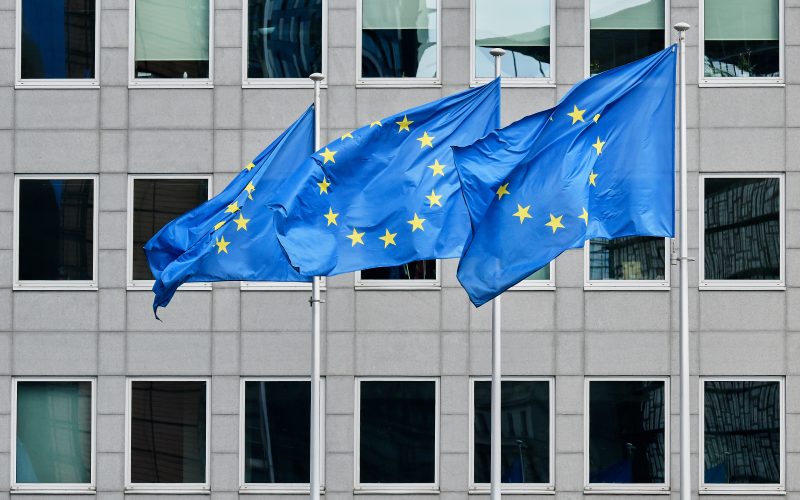The European Council has reached an agreement to amend the European Climate Law (ECL), introducing a binding intermediate target for 2040 that mandates a 90% reduction in net greenhouse gas (GHG) emissions compared with 1990 levels. The move marks a key milestone on the EU’s path to achieving climate neutrality by 2050.
The revised law outlines flexibility measures and guiding principles to shape the post-2030 climate framework, ensuring that the EU’s transition remains economically viable, socially balanced and competitive on the global stage. These provisions will inform future European Commission legislative proposals to support member states and industries through the next phase of decarbonisation.
While maintaining the Commission’s proposed binding 90% reduction, the Council introduced refinements to account for competitiveness concerns, differing national circumstances, and the uncertainties associated with natural carbon removals.
The Council confirmed three key flexibility areas to be reflected in future legislation:
- Allowing the use of high-quality international carbon credits for up to 5% of 1990 EU net emissions from 2036 onwards, including a pilot phase between 2031 and 2035.
- Recognising domestic permanent carbon removals within the EU Emissions Trading System (ETS) to offset residual hard-to-abate emissions.
- Expanding cross-sectoral flexibility to ensure member states can address shortfalls in one sector without jeopardising overall progress.
The amendment also lays the groundwork for the EU’s post-2030 climate policy, emphasising competitiveness, fairness, innovation and energy security. The Council enhanced several provisions proposed by the Commission, including:
- Strengthening EU industrial competitiveness and reducing administrative burdens.
- Prioritising a just and socially fair transition, recognising different national realities.
- Promoting innovation and scalable clean technologies across sectors while maintaining technological neutrality.
- Reinforcing energy security through renewables, affordability and grid modernisation.
- Supporting public and private investment in climate solutions and equitable access to new technologies.
- Safeguarding natural carbon sinks and biodiversity, while addressing land-use impacts and climate-driven disturbances.
The Council introduced a biennial assessment of progress towards the 2040 target, based on evolving scientific and economic data. The review clause will examine emissions removals, industrial competitiveness, and energy price impacts on households. The Commission will be required to propose revisions to the law if necessary, including possible target adjustments.
Additionally, the Council agreed to postpone the implementation of ETS2—the emissions trading system for buildings and road transport—by one year, moving its start date from 2027 to 2028.
Negotiations between the Council and the European Parliament will begin once the Parliament adopts its position. The goal is to finalise the legislation ahead of the next phase of EU climate planning.
Adopted in 2021, the European Climate Law anchors the EU’s long-term climate objectives in law, aligning with the Paris Agreement. It sets a legally binding target of net-zero emissions by 2050 and a 55% reduction by 2030. The 2040 target was first proposed by the European Commission in July 2025, following extensive consultations and the European Council’s October 2025 guidance calling for a balanced, competitive and socially fair climate strategy.





















